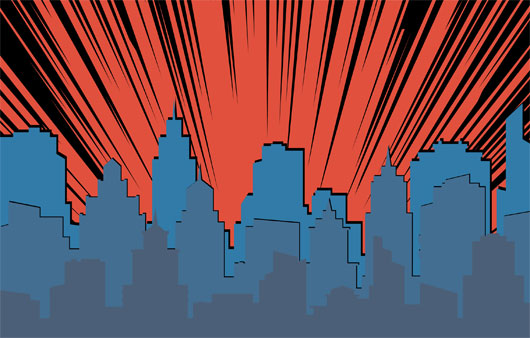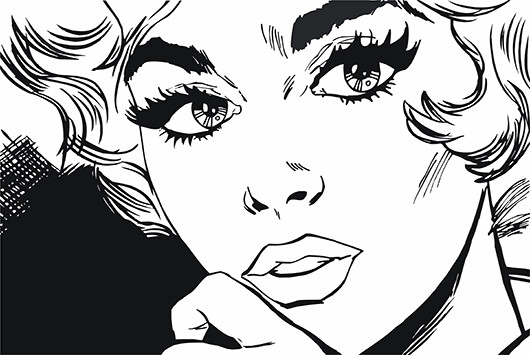How to Write a Comic Book Script
July 13, 2020
If you are a graphic novel fan, you may have considered writing one of your own. There are many steps to take between the idea and the finished product, and one of the most important ones is writing a script.
Most comic books are created from scripts, and they’re almost mandatory if you’re working with an artist. If you’re writing a graphic novel, whether it’s based on a short story or simply the idea for a great character, you will eventually have to transform it into a comic script format.
If you’re a comic book writer, it pays to know the details of a script format guide and helpful hints to make writing easier for you. Even if you plan on illustrating your own work instead of teaming up with an artist, having a script helps you work out pacing and plot elements before you start drawing.
Start with a Detailed Outline
An outline may not be ideal for your creative process, but it can help you create a script. A detailed overview can be in any format, as long as it includes all the critical plot points of your story.
Some find it helpful to map it along a line, marking each place when a significant event occurs. Others like to create a more traditional outline in a word processor, making it easy to add new details wherever needed. Either way, keep your thoughts organized in a way that allows you to rearrange plot points if desired later.
You will also want detailed character descriptions, backstories, and basic sketches worked out before beginning the script itself. This can help you keep things consistent throughout the script, especially when scene changes happen.
Writing a detailed outline can be time-consuming and arduous. It’s worth it in the end, however, since you will have an incredible resource to guide you when you start your full script.
Plot Out Your Pages
Each page of a comic book is made up of a certain amount of panels, usually five. To keep a balance in between your script and the comic it will become, write approximately five panels per script page. You can make an exception for splash pages and other attention-grabbing pages, of course, but try to keep your story’s pace generally consistent from beginning to end.
This makes drawing the images described in the script much easier for you or your artist. If all the information the artists need to develop one page of a comic book is on one page of your script, it becomes more efficient. Following this 1:1 ratio, you should be able to visually see how the story arcs play out in your graphic novel and keep each issue or chapter’s page counts consistent.
Format it Correctly
Comic book scripts for major publishers have to be written in a format that adheres to the industry’s standards. Even famous writers like Alan Moore and Fred Van Lente have to follow these standards. Stick to this format as much as possible, as it makes it easier to pass the baton to a new artist if your current one leaves the project.
Generally, the page number should be at the top of the page, followed by “Panel 1,” underlined, on the page’s first lines. The panel descriptions come next, illustrating precisely what the images in that panel should look like. The speaking characters’ names follow and are written in all caps in the center of the page.
If the panel includes dialogue, write what the character says directly below their name, and indent. Once you’ve finished writing that panel, move on to the next panel, which will begin with the header: “Panel 2.”
There are many internet resources and even script writing apps and websites to help guide you through the formatting details. Use your word processing app of choice to stay organized, and always remember to back up your work. You should also save old versions of scripts in a separate location, in case you decide to bring back a scene or dialogue that you had cut previously.

Picking the Right Publisher
After drawing each panel, inking and coloring, and finally lettering, your comic book will be ready to hit the presses. Your printer should also have an excellent track record, exceptional customer service, industry knowledge, and be able to share positive reviews of clients they’ve served in the past.
Comix Well Spring is an experienced comic book and graphic novel printer that can offer you a wide variety of style choices when you’re finally ready to publish. We can help take your great idea and make it a reality, even if you’re a rookie writer or comics artist.
Creating a graphic novel takes talent, time, and perseverance from both writers and artists. It’s a journey, and we'll help guide you through it, so your finished comic is a work of art as well as an engaging story.

